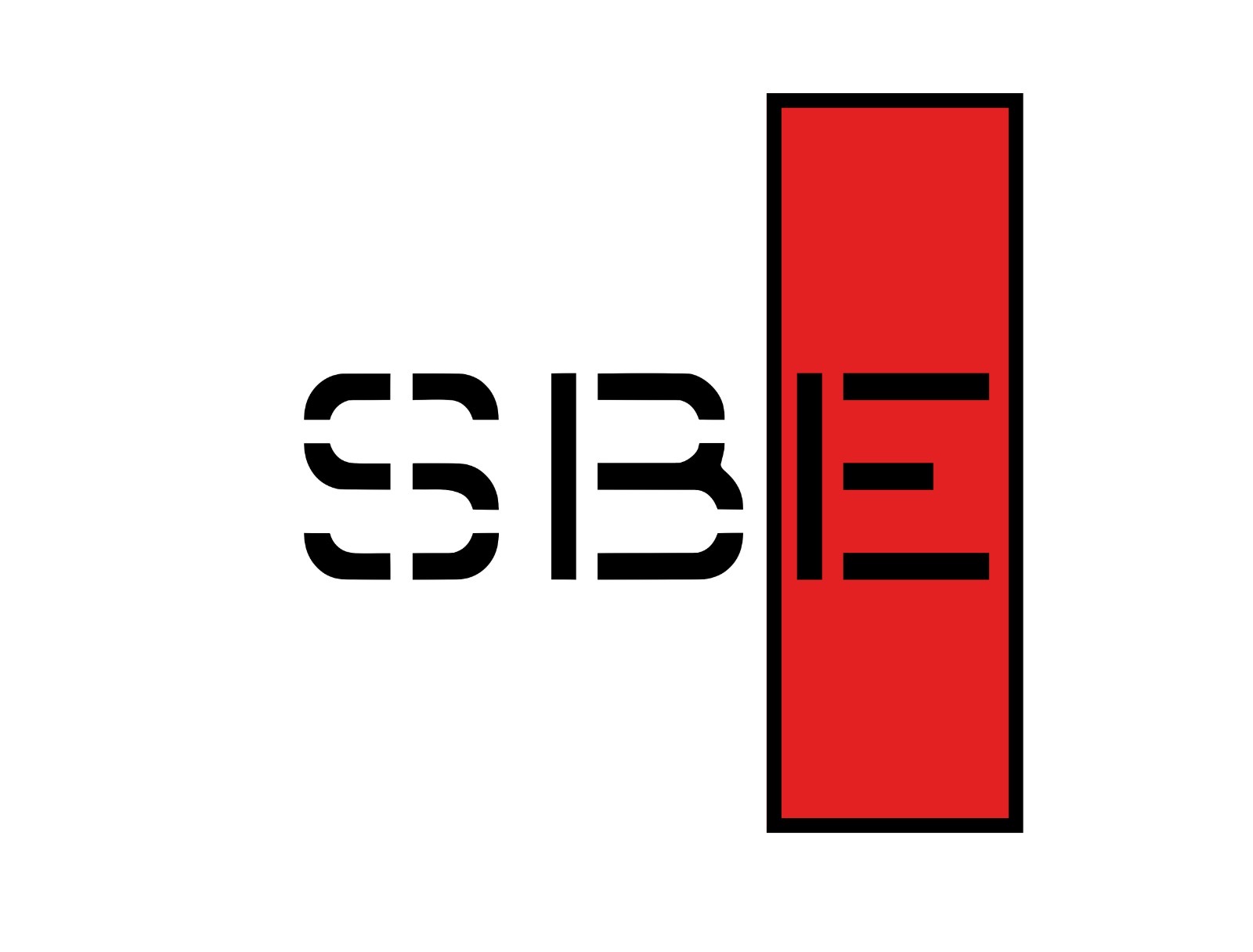The Towing Lines
We also dedicate a few words to the towing lines without going into the subject in-depth, remaining faithful to the desire to describe what we need in practice.
Wire steel ropes dominated the scene until a few years ago, while nowadays, they are used almost exclusively in offshore towing.
Synthetic material lines with HMPE (High Modulus Polyethylene) fibres or, even better, UHMWPE (Ultra High Modulus Weight Polyethylene), better known as Dyneema, have replaced steel ropes. Above all, the Dyneema, with the same diameter, offers objectively superior characteristics:
- Float; It weighs little and therefore requires less crew for handling;
- With the same diameter, it has a breaking load similar to that of steel;
- It is resistant to most chemicals and has no rust problems;
- It does not need lubrication products; In conditions of quick-release, it has a much lower “elastic” effect than that produced by the wire ropes.
The strength characteristics of these expensive lines have, in return, a low abrasion resistance. For this reason, it is customary to protect the pendant, the final part that comes into contact with the fairlead, with a special coating.

The strength of the lines must be proportional to the pull of the tug. The class certificate rules stipulate a breaking load equal to 2.2 x the Bollard Pull.
In theory, the tug’s line should be the weak link in the whole system. In reality, it often happens to find bollards onboard ships not sized for the heavy loads available to tugs. We must always take this aspect into account.
Wire ropes are still used for coastal and ocean trailers because they offer a better combination of flexibility and strength, which are necessary for this service.
